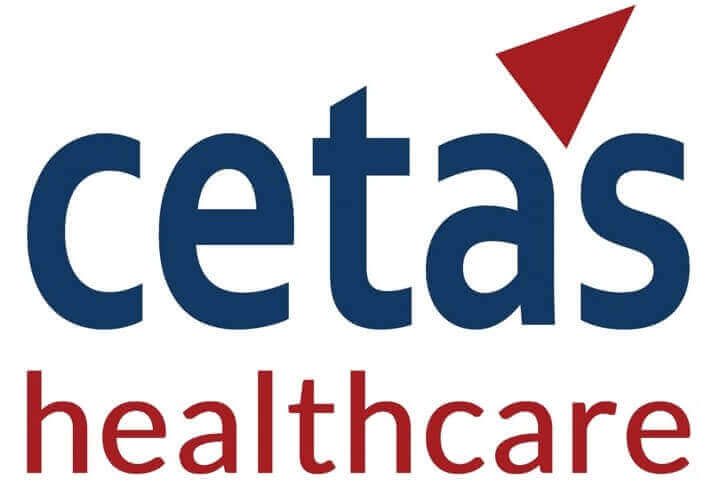X
The aesthetic injectables industry is on the cusp of a transformative era, with multiple factors converging to reshape the landscape. The market is poised for significant growth and innovation in the coming years, driven by the approval of new long-acting neurotoxins, the rise of subscription-based models, and geographic expansion. In this comprehensive blog post, we will explore the key trends and developments set to drive the market in 2025 and beyond.
One of the most exciting developments in the aesthetics market is the approval and introduction of long-acting neurotoxins. Industry experts anticipate that these innovations, such as Revance’s Daxxify, Galderma’s Relfydess, and Ipsen’s neurotoxin currently in trials, will drive substantial market expansion, potentially generating hundreds of millions in revenue.
Physicians consistently express strong demand for long-acting neurotoxins, seeking solutions that offer extended duration and improved patient convenience. As these products enter the market and enhance patient satisfaction, they are well-positioned to reshape the competitive landscape and meet the growing preference for longer-lasting aesthetic treatments.
Another key trend shaping the aesthetic injectables market is the rise of consumer-centric pricing models, alongside various brand loyalty programs pioneered by brands like Evolus. These innovative offerings, such as Evolus’ “20” units every 90 days” plan for $49 per month, cater to the evolving needs and preferences of consumers.
By providing predictable and affordable access to injectable treatments, subscription models are making these services more accessible to a broader audience. This shift in consumer mindset is driving increased engagement and loyalty, as patients appreciate the convenience and value proposition of these programs.
The aesthetic injectables market is also experiencing a wave of geographic expansion, with leading brands seeking to extend their reach and capture new growth opportunities. Companies like Hugel are entering the lucrative U.S. market with Letybo, while Revance’s Daxxify is expanding into China and Australia. Meanwhile, Evolus is building its presence in Australia following its expansion in Europe.
This influx of new players and heightened competition presents both opportunities and challenges for the industry. On one hand, it drives innovation and differentiation, as brands strive to offer unique services and solutions to stand out in a crowded marketplace. On the other hand, it can lead to price instability, as providers may resort to discounts and promotions to attract and retain customers.
While dermal fillers have long been a cornerstone of the aesthetics market with HA fillers carrying the torchlight, there is also a growing demand for non-HA filler treatments. This shift is driven by evolving consumer preferences, as patients seek more natural-looking results and treatments focused on skin repair and collagen synthesis.
Skin boosters, regenerative medicine, and HA combination fillers are gaining momentum by offering a more holistic approach to aesthetic enhancement. Leading the way, Galderma has introduced an innovative treatment combining Restylane and Sculptra, providing comprehensive solutions tailored to niche patient groups, such as those experiencing facial volume loss due to medication-induced weight loss. These advanced treatments address both volumization and structural restoration, reinforcing their growing role in aesthetic medicine.
One of the key challenges facing the aesthetics market is the increasing cost of procedures. In the current high-interest rate environment, these treatments—although more affordable than most aesthetic procedures—have become costlier, making them less accessible to some patients. Additionally, the share of consumers’ budgets allocated to wellness treatments has shrunk due to economic pressures. At the same time, competition has intensified with the rise of GLP-1 medications, forcing consumers to prioritize between injectables, weight-loss treatments, skin tightening, cosmetic dentistry, and other aesthetic procedures.
For industry players, it is crucial to consider final consumer pricing and explore ways to make aesthetic treatments more accessible and financially viable for a broader range of patients.
Another challenge in the aesthetics market is the lack of price stability. Due to the high number of competitors—particularly in the dermal fillers segment—intense competition often leads to frequent price discounts and promotions. This creates instability and uncertainty for both providers and consumers.
To address this issue, industry leaders must strive to maintain price discipline and find ways to differentiate their offerings beyond just cost. Instead, they should emphasize the unique value and benefits they provide to patients.
The aesthetics market is also witnessing a shift toward lower volume per procedure, as consumers increasingly demand more natural-looking results. The transition from 3-4 syringes per treatment to 1-2 syringes reflects the growing preference for subtle enhancements and a more conservative approach to aesthetic procedures.
To adapt to this evolving landscape, providers must be prepared to offer a wider range of treatment options, including non-HA filler solutions, to cater to the changing needs and preferences of their patients.
In the face of these challenges, success in the aesthetics market hinges on embracing innovation and differentiation. Brands that offer unique, cutting-edge technologies and comprehensive solutions will be well-positioned to thrive in the years ahead.
Companies like Evolus and Symatese, with their innovative COLD-X technology for HA fillers, and Galderma, which focuses on combining products to address specific patient needs, are leveraging novel approaches to provide differentiated services and enhance the patient experience.
The aesthetics market is poised for a transformative era, driven by a convergence of trends and innovations. From the approval of long-acting neurotoxins to the rise of subscription-based models and the growing demand for non-HA filler treatments, the industry is undergoing a significant shift.
To navigate this evolving landscape, industry players must be prepared to adapt, innovate, and differentiate their offerings. By addressing the challenges of high procedure costs, price instability, and declining volume per procedure—and by embracing new technologies and shifting consumer preferences—the aesthetics market can continue to thrive and meet the evolving needs of patients in 2025 and beyond.
Key Takeaways
For more information, contact us


We provide the best insights for your business
